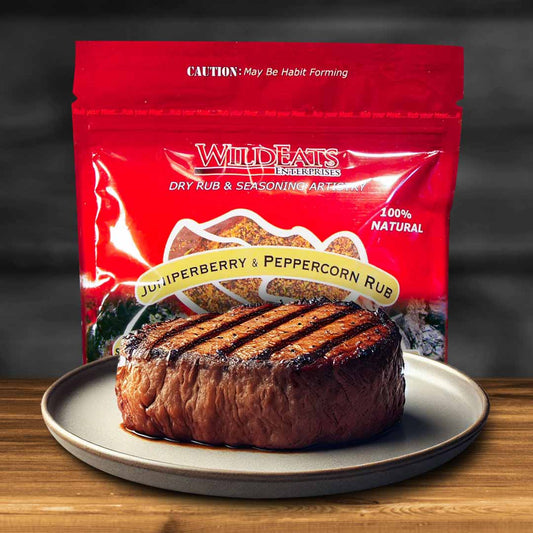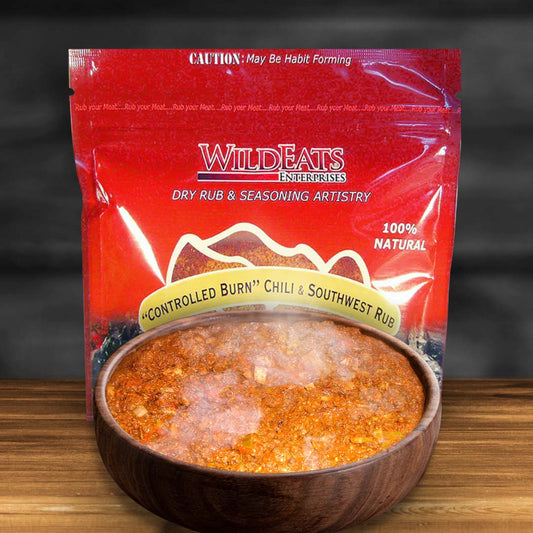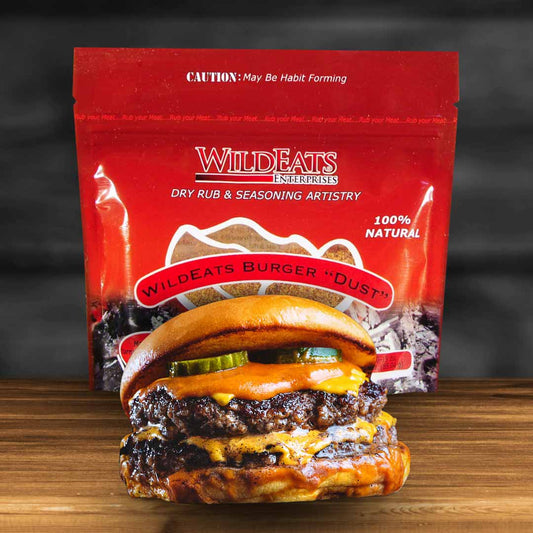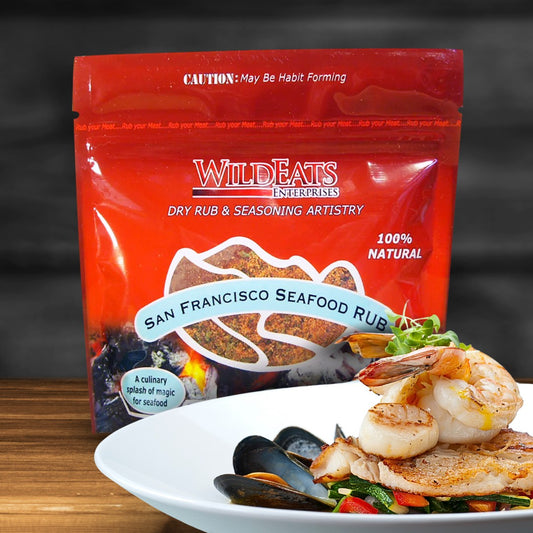Let’s celebrate a new Spring Harvest from the Deep
“The Decorated Salmon”
Salmon is one of the most celebrated fish globally. The salmon has been contributing to the human food chain since 25,000 BC. The remains of such fish have been discovered in caves and alike. They were recognized as a major source of food, as well as a spiritual inspiration.
We as humans should be so fortunate to have 1/10th the drive, determination and fortitude of these magnificent animals. It would be difficult to explain to someone just how incredible they really are if they didn’t see it first-hand. The struggle that they endure to perpetuate their cycle of life is unmatched in the animal world. One can surely recognize why they’re held in such high esteem.
I had such an experience several years ago. I was working in the Alaskan Wilderness at an exclusive salmon fishing lodge on Kalgin Island where I witnessed these magnificent creatures. I’m normally not easily moved, but when I left Alaska, it was with an entirely different perception of these wonderful fish.
There are five species of Pacific Salmon
1. Chinook or King, largest on record 120 lbs., record caught on fishing line 97 lbs.
2. Coho or Silver, average 2 to12 lbs., getting as high as the 20 lbs. range.
3. Sockeye or Red, average 3 to 10 lbs., record 19+ lbs.
4. Chum or Dog, 8 to10 lbs. used primarily for canning.
5. Pink or Humpback, around 4 lbs., the most abundant of all salmon.
There are a great number of other names for these fish, depending on where you are and who you ask. There is also an Atlantic variety and several varieties that are being farmed in the Atlantic both in North American and Europe with very good success. Much of the salmon found in today’s markets are from these farms. The benefits from farm raised fish are numerous; they’re raised in a controlled environment therefore they aren’t exposed to polluted waters. Secondly, they are slaughtered in a humane manner. Therefore, they don’t develop the enzymes that are found in fish that struggle for the last few moments of their life, thus breaking down the quality of their meat. The results yield a product that is firm, fresh and maintains its quality for a longer period.
The “King” is the most prized of the salmon, for its size and rich red flavorful bite and texture. The flesh is a very large flake and is suitable for cooking several ways, (broiling, grilling, baking, poaching, smoking or curing).
My approach to cooking this fish is to keep it as simple as possible. Allowing the fish to showcase itself is the objective. The below recipe does just that.
Broiled Salmon
5-6 fillets of salmon, King, Coho or Sockeye (my favorite) – skin on or off
You can cut them any size you like, but try and keep each piece similar in size so they cook evenly
Oil – olive, avocado or flavored oil like sesame, chili etc. You can add whatever additional flavor you’d like just to add another delicate layer of flavor. We are just accenting the natural flavor of the salmon not trying to cover it up.

Basting and Dipping Sauce
1 cup Mayonnaise
4-5 stalks of scallion – sliced fine (you can also add your favorite garden herb)
1 lemon – peels zested, chopped fine and juiced
3 tbsp WildEats San Francisco Seafood Rub
1 tsp Kosher or Sea Salt – optional upgrade – WildEats Smoked Sea Salt – if you really want to turn heads
Place all ingredients in a mixing bowl, mix well. Adjust seasonings to personal taste. Mayonnaise has the same fat content as butter. The Big difference is when the mayo is exposed to heat it doesn’t run off like the butter will.
Cooking your Salmon -
Lightly brush a metal sheet pan with your oil. Place the salmon fillets skin side down. Baste the salmon with the basting sauce. A thin layer is all you need. As the fish is being broiled the mayo will baste the fish with the heated fat keeping your salmon nice and moist.
Place the pan under the broiler and broil for 2 – 3 minutes (all depends on the thickness of your fish). It is always better to under cook than over cook. So after a couple of minutes remove the fish from the broiler, let it sit for a couple of minutes. Check the doneness and determine if it needs further cooking or not. A slightly undercooked center is what you’re looking for.

Serve your perfectly cooked/seasoned salmon with additional dipping sauce if desired. And maybe a squeeze of lemon or lime!

Enjoy!









4 comments
McGannon always shares recipes people can actually do at home.
My only quibble with this one is I don’t like the additional flavors present in most commercial mayonnaise.
When Chef McGannon was first exposed to this style of fish cookery he no doubt would have seen his mentors using mayonnaise or aioli they themselves made.
It’s not hard to make and once mastered can unlock creative pathways for the home chef.
I personally have seen McGannon do this very thing, make aioli then season it with his signature spice mixtures to great effect.
Hopefully the local sport season for king salmon will not be closed this year and we can all enjoy John’s recipe on fresh King Salmon this year.
I have already booked a trip for the first day June 7th. I’ll definitely be using the recipe!!
Looking good John, Looking good 👍
Wow!!!! Beautiful.